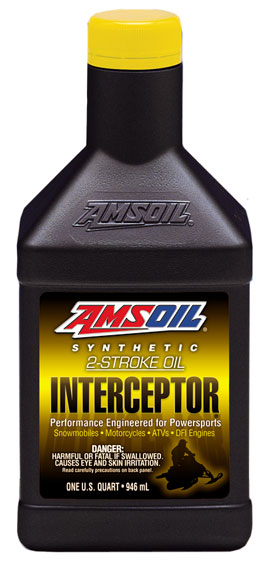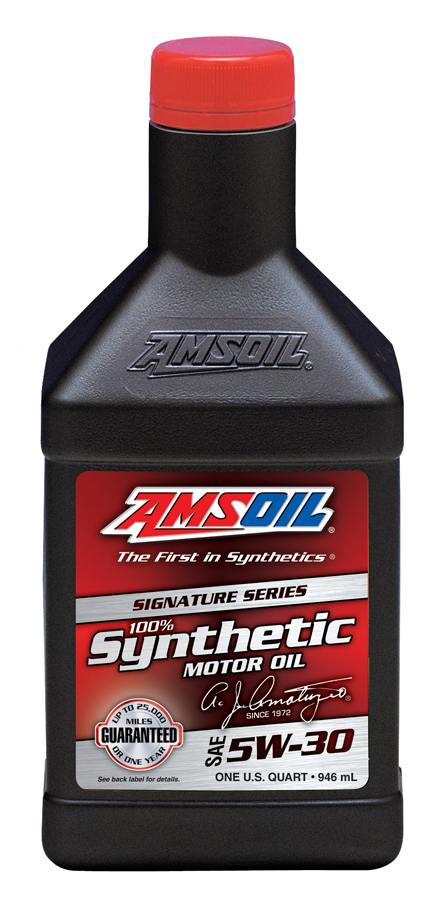Industry trends are forcing SAPS levels downward.
While SAPS has outstanding engine protection properties, too much can be detrimental to exhaust aftertreatment devices.
Very frequently questions arise related to SAPS and why it is important. SAPS is an acronym for sulfated ash, phosphorus and sulfur, the three inorganic additives that provide key performance properties to a lubricating fluid’s detergency, wear protection and oxidation resistance. Total base number (TBN) and sulfated ash have had a strong correlation in past oil formulations, so most of us associate a lubricant’s SAPS levels with its starting TBN level. The appropriate level of SAPS for lubricants has been the subject of debate for the past few years. Lubrication engineers attempt to formulate oils that provide a high level of resistance to acid formation while limiting one of the main acid-neutralizing additives in order to protect exhaust aftertreatment devices. So, what exactly does SAPS do?
"There is little more detrimental to your vehicle’s engine than wear, and lubricating oils are your first line of defense"
What Does it all Mean?
First, let’s understand the “SA” in SAPS. Sulfated ash is a term used for materials added to lubricants to soak up excess oxidation byproducts and acids created by exhaust gases. Sulfated ash is an important component of diesel oil to ensure long oil life and good engine protection over time. As noted, some oil specifications restrict the sulfated ash content in order to protect certain emissions aftertreatment devices. The diesel particulate filter (DPF) is a good example of an emissions system device and is a relatively new development in the diesel world. The DPF is a large, honeycomb-type filter designed to capture and burn soot in diesel applications. It filters particulate matter from the exhaust so we don’t have to breathe in harmful material from buses, trucks and other diesel applications.
As the DPF fills with contaminants, pressure builds within the exhaust system. When the pressure reaches a certain level it triggers a DPF regeneration process where soot particles are burned. Materials that don’t burn, like sulfated ash, build up in the filter over time and block the flow of exhaust through the filter. When ash build-up becomes excessive, it must be professionally cleaned. The latest diesel oil specification for 2007 and newer diesel vehicles, API CJ-4, limits the level of sulfated ash for this reason. It is normal and accepted that these filters need to be cleaned, but the new CJ-4 specification limits sulfated ash levels to prolong time between cleanings.
Many European vehicles come equipped with smaller DPFs that do the same job as their large diesel counterparts, which is why the VW 504.00/507.00 engine oil specification limits an oil’s sulfated ash content. AMSOIL European Car Formula 5W-30 Synthetic Motor Oil (AEL) has a lower TBN than many other AMSOIL products in order to meet the VW 504.00/507.00 SAPS restrictions. VW specifies precise SAPS limits, which limits the level of resulting oil TBN.
header
Now for the “P” portion of SAPS. Phosphorus is a component of what is commonly recognized as an anti-wear agent and oxidation inhibitor, zinc dialkyldithiophosphate (ZDDP). ZDDP is very prevalent in the lubrication industry due to its excellent anti-wear and antioxidant properties. Alternatively, larger quantities of volatile phosphorus contained in ZDDP have been linked to premature poisoning of the catalyst surface of three-way catalytic converters and is a primary reason phosphorus has been limited in certain oil specifications. The VW 504.00/507.00 oil specification limits phosphorus content to help prolong catalytic converter life. While higher phosphorus levels can reduce catalytic converter life, a low-SAPS lubricant is engineered to provide emissions system compatibility in both gas- and diesel-fueled vehicles.
header
The last “S” in SAPS stands for sulfur. Sulfur compounds are typically associated with anti-wear and extreme-pressure protection, but they can also be a component of corrosion inhibitors, friction modifiers and antioxidants. Excess sulfur can contribute to catalyst poisoning because sulfur is preferentially absorbed by the catalyst sites. When sulfur gets into the exhaust stream, it can poison catalyst surfaces, resulting in formation of particulate matter. Particulates in the emissions system can increase system back-pressure that negatively affects vehicle performance. Sulfur is generally being reduced in diesel fuel and lubricants.
header
There are a number of very positive benefits of SAPS in lubricants; however, as government emissions legislation imposes stricter emissions limits, the latest and forthcoming oil specifications require reduced SAPS levels to improve the life and performance of exhaust aftertreatment devices.
header
New materials are continually being developed that provide performance functions similar to SAPS, yet help overcome the detrimental effects SAPS can have on emissions treatment systems. AMSOIL continues to be at the forefront of evaluating new SAPS-replacement materials, and we are challenging the industry on SAPS limits that don’t make sense for consumers.



 A specialized oil for today’s specialized engines High-performance 2-stroke oil with an emphasis on exhaust power valves. Contains high levels of detergent additives to prevent valve sticking. Replaces manufacturer-branded oils. Injector use or 50:1 premix. Excellent in snowmobiles, motorcycles, PWC, ATVs and jet boats. See
A specialized oil for today’s specialized engines High-performance 2-stroke oil with an emphasis on exhaust power valves. Contains high levels of detergent additives to prevent valve sticking. Replaces manufacturer-branded oils. Injector use or 50:1 premix. Excellent in snowmobiles, motorcycles, PWC, ATVs and jet boats. See  The Top Tier of AMSOIL Synthetic Motor Oil AMSOIL Signature Series Synthetic Motor Oil delivers extraordinary lubrication in all types of automotive gasoline engines. By combining industry-premier synthetic technology with AMSOIL premium additives, Signature Series Synthetic Motor Oil exceeds the higher performance demands of modern engines.
The Top Tier of AMSOIL Synthetic Motor Oil AMSOIL Signature Series Synthetic Motor Oil delivers extraordinary lubrication in all types of automotive gasoline engines. By combining industry-premier synthetic technology with AMSOIL premium additives, Signature Series Synthetic Motor Oil exceeds the higher performance demands of modern engines.